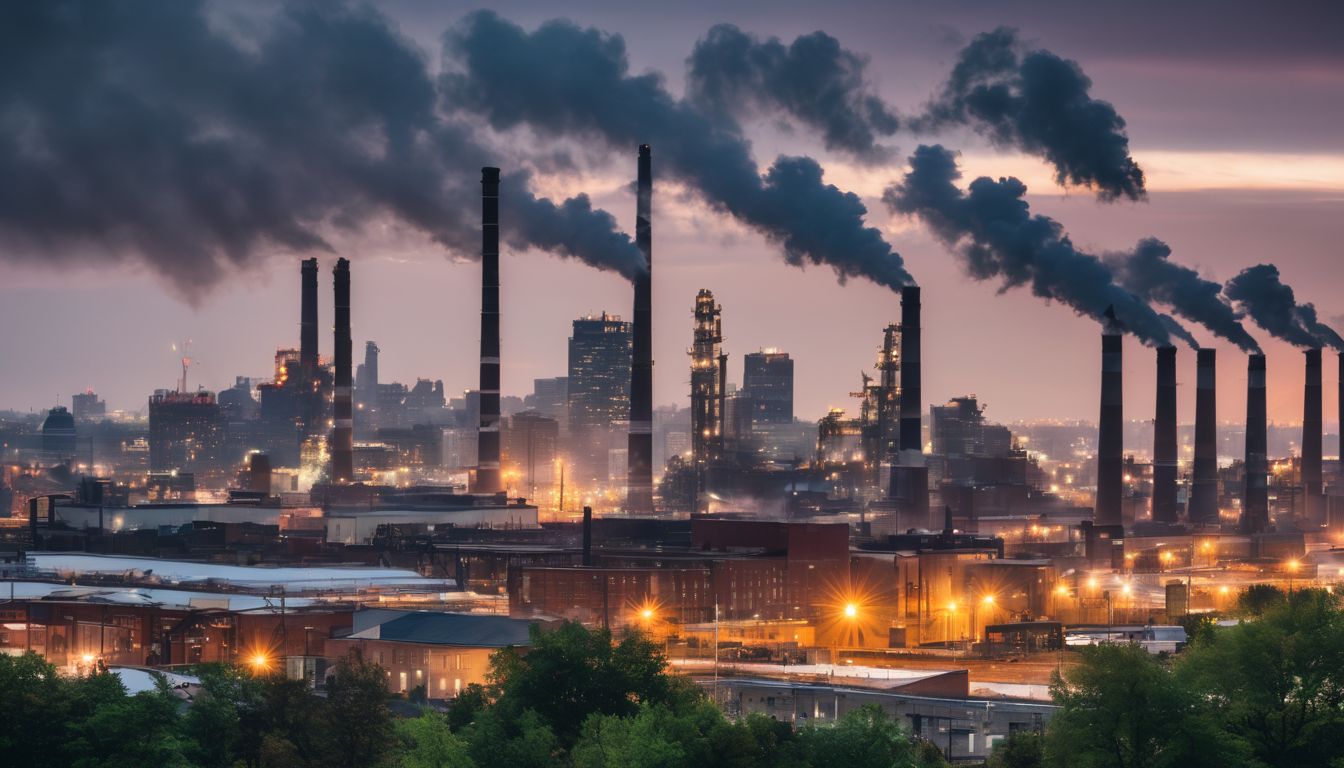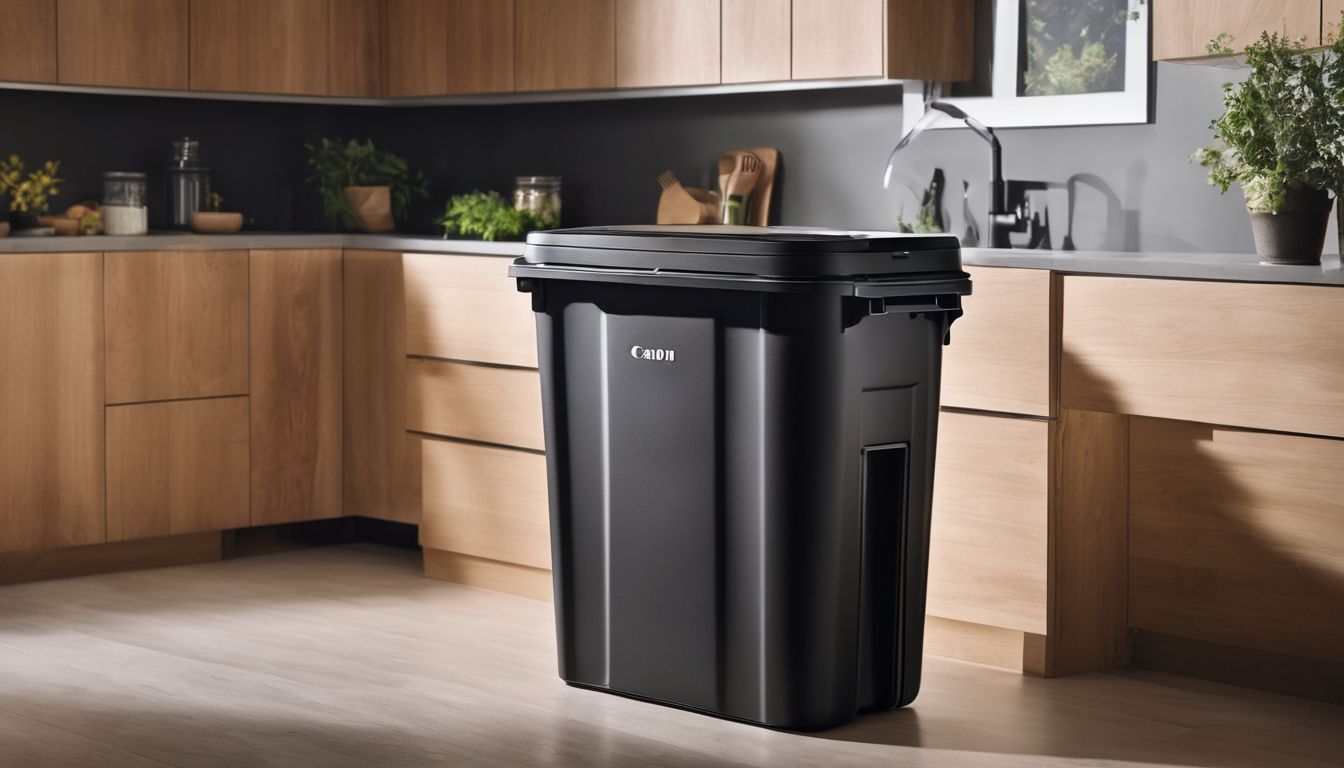The eight major islands that make up the U.S. State of Hawaii were built from five separate volcanoes. One of the three still active volcanoes in the islands, Mauna Loa, is famous for the role it has played in the discovery of climate change. In 1958, U.S. National Oceanic and Atmospheric Administration (NOAA) scientists at the Mauna Loa Observatory began collecting continuous carbon dioxide data. According to NOAA’s website, the annual increases in the concentrations of carbon dioxide in the atmosphere became apparent within just a few years. Today, climate scientists and modelers around the world use the Mauna Loa data to better understand the current state of the Earth’s climate — and project how it will change in the future.1
This article on climate change in Hawaii is the fifth in a series of Greeniacs articles outlining how Midwestern , and Southwestern United States.
Hawaii Climate Overview
Hawaii is the southernmost state in the U.S., which explains its tropical climate.3 Due to the island chain’s extreme isolation, most plants and animals native to the archipelago are descended from relatively few colonists. This, combined with the seasonal differences in rainfall on the islands and the steep mountain terrain of the islands, has created a large variety of unique climate regimes in Hawaii.
Increasing amounts of human-caused greenhouse gases will likely alter the archipelago’s terrestrial and marine environments by:
- Raising air and sea surface temperatures.
- Changing the amount and distribution of precipitation.
- Increasing the frequency and severity of storms and other coastal hazards.
- Rising sea level.
- Increasing ocean acidification .4
Effects of Climate Change on Temperature in Hawaii
Over the last one hundred years the daily temperature range in Hawaii has decreased given the warmer temperatures at higher elevations and at night. According to the latest Intergovernmental Panel on Climate Change (IPCC) report, the average temperature at sea level is projected to increase by about 4.1 (2.7 to 6.7) °F by 2100.5 These changes would increase the monthly average temperature by around 7°F of the islands to 77°F – 86°F.6
Effects of Climate Change on Precipitation in Hawaii
The Hawaiian climate has two main seasons: Ka‘u wela, the dry high sun season from May through October; and Ho‘oilo, the cooler, wet season from November through April. In the oceans around Hawaii, the average annual rainfall at sea level is about 25 inches. The mountainous areas of the islands receive an annual average to about 70 inches. However, this amount can exceed 240 inches in the wettest mountain areas. As these figures indicate, rainfall is distributed unevenly across the islands. With climate change, this diversity in precipitation across the islands is likely to decrease. Indeed, data on precipitation in Hawaii, which includes sea level precipitation and added mountain effects, shows a significant decline of about 15% over the last 15 to 20 years.8 Apparently, as oceans warm, atmospheric circulation in the Pacific Ocean decreases, a condition that is believed to weaken the ability of the trade winds to push precipitation onto the islands, which affects vegetation and water accessibility.9
Effects of Climate Change on Sea Level
As erosion and salt-water intrusion.
Geologists say that more than 70 percent of the island of Kauai’s beaches are eroding, while the island of Oahu has lost a quarter of its sandy shoreline. In fact, the problem is so dire that one coastal geologist at the University of Hawaii predicts that sea level rise will occur on such a scale that “we will have only been able to save a few places and maintain beaches, and the rest are kind of a write-off.”11 In an effort to ward off erosion , the state of Hawaii is now joining with hotels on a plan to spend between $2 million and $3 million pumping in sand from offshore.12
In addition to beach losses, Hawaiians must also be concerned about saltwater intrusion into drinking water . Given the remote location of the islands, Hawaiians are highly reliant on groundwater supply. These supplies have already experienced a decline, and are increasingly at risk from salt water flooding.13
Effects of Climate Change on Ocean Temperature
By the year 2100, the monthly average sea surface temperature in the waters surrounding Hawaii is predicted to increase from 73°F to a range of 75°F – 79°F.15 While this may sound like a great reason to go visit the warm waters of paradise in the future, increases in ocean temperatures may have disastrous consequences. In particular, ocean acidification is likely to make the waters surrounding Hawaii unsuitable for corals.17
Effects to Hawaii’s Biodiversity
Most of the native plants and animals in Hawaii evolved in isolation.18 Indeed, 90 percent of Hawaii’s 400 listed native plants are found only in the islands, often confined to a single mountain or valley.19 Given the remoteness of the islands, many of these native species have few places to go as their small ecological niche begins to change.
The low-islands of Hawaii are an area of special concern. The land within the first 40 feet above sea level supports most of plant, bird, and invertebrate communities that are highly vulnerable to sea level rise and accompanying storm damage from climate change. Efforts are currently being focused on protecting nesting and pupping beaches in the Northeastern Hawaiian Island for the Hawaiian monk seal and green sea turtle.20Biodiversity is extremely important on a global level, and Hawaii’s unique terrain makes the issue one of great concern.
Avian Malaria Parasite and Native Hawaiian Birds
One of the biggest news stories about Hawaii and climate change involves the islands’ treasured endangered Honeycreeper bird. Climate change threatens to greatly expand the range and viability of avian malaria at higher elevations. Currently, Honeycreepers are protected from the disease because cool winter months keep the malaria parasite under control. However, as global warming elevates air temperatures, seasonal, high-elevation avian malaria-free areas will shrink and eventually disappear. The spread of mosquitoes and avian malaria into the high elevations may eventually lead to the extinction of the Honeycreepers.21
Hawaii Takes Steps to Combat Climate Change
In July of 2009, the State Legislature of Hawaii established a climate change task force to study potential impacts on the islands. The State demonstrated its commitment to protecting its unique natural resources and, of course, all of the tourists that these resources attract by diverting $50,000 a year from a state tourism fund to support the task force.23 As a result of the task force, Hawaii recently adopted the goal of meeting 40% of its energy needs through renewable energy sources by 2030. Additionally, the State wants to incentivize energy conservation enough to reduce energy demand by 30% by 2030.24 Part of the reason for this ambitious renewable energy target has to do with Hawaii’s isolated location. Currently the State imports 90 percent of its energy and has the highest energy prices in the United States.25
Acting on the advice of Department of Energy and the National Renewable Energy Lab, Hawaii has just undertaken a large-scale project to connect its disparate island energy sources into a single, statewide grid via an undersea cable. The State has a long road ahead before it will reach the 40% target, but the State is further along than most. And, thanks to its commitment to renewable energy, Hawaii is now becoming something of a test bed for smart grid experiments!26




